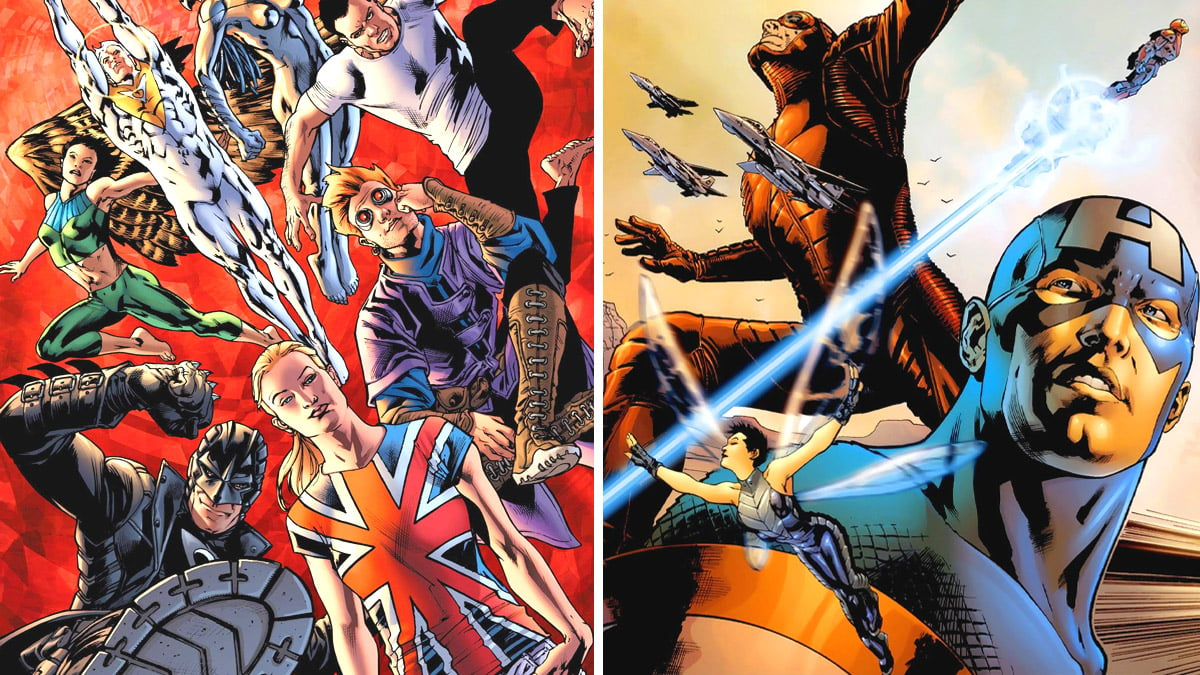The new DC Universe is warming up as a concerted effort to transfer DC’s decades of comic book storytelling to movie theaters, TV, games, and more.
Of course, the Marvel Cinematic Universe (MCU) stands in front of DC like Galactus. Marvel’s decade-plus experience of creating a shared universe on screen may not always please everyone, but it’s undoubtedly the most successful Hollywood franchise in history.
When Iron Man’s armor was being welded and oiled in 2008, few could have foreseen the sprawling multimedia saga that 15 years later would be releasing multiple projects yearly and generating billions. Marvel famously farmed off some of its hottest properties before taking its own tentative steps into movie theaters. They’d lost their first family, the Fantastic Four comic book titans X-Men to Fox. Spider-Man was crawling around the top of Sony Pictures’ HQ, with no sign he was swinging their way.
Marvel launched the franchise to rule them all with a lesser-known superhero, and DC can draw confidence from that as they warm up for another run. In fact, the ties between the early MCU and DC’s new approach are stronger than you might think. A clue is in the comic creators working at DC and Marvel as the 21st century arrived.
The Authority
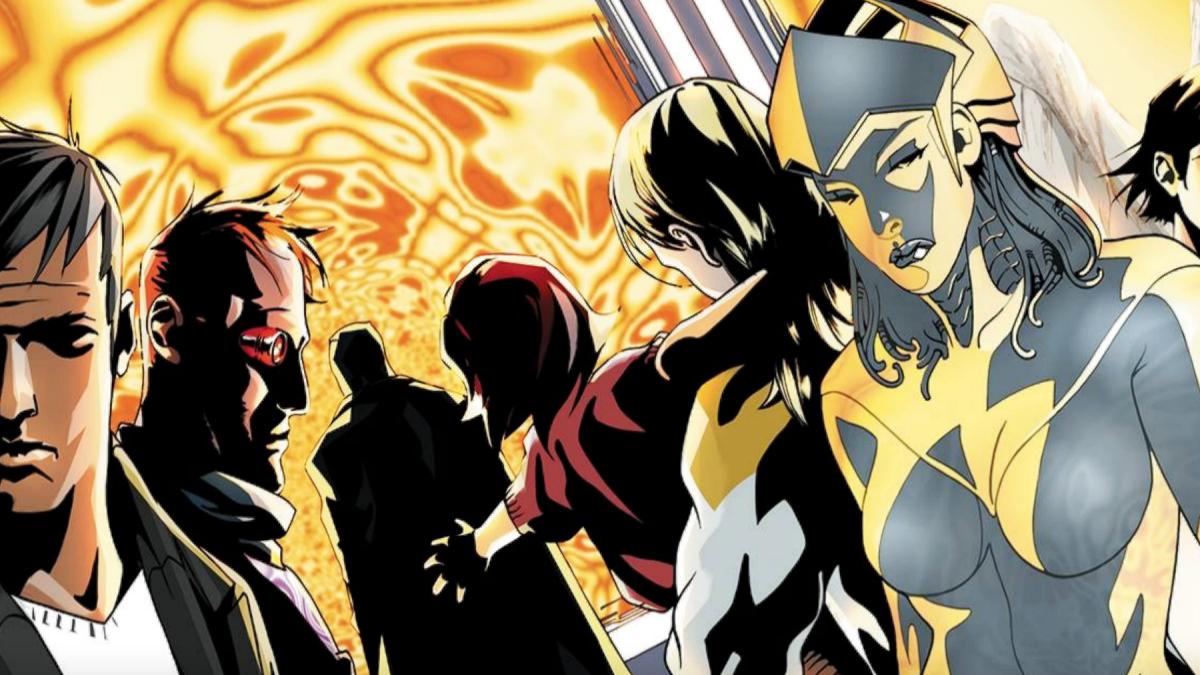
Hard-hitting superteam The Authority was a surprise addition to DC Studios co-chair James Gunn’s announcement of the DCU Chapter One: Gods and Monsters, but it shouldn’t have been. The live-action Justice League is mired in on- and off-screen controversy and the complicated continuity of the former DC Extended Universe. It remains a mighty brand name, capturing the imagination of millions of moviegoers, but they aren’t the only superhero team in town.
Gunn’s approach is to draw back to concentrate on two central figures of the Justice League, exploring the icons as individuals and as part of generations. The Last Son of Krypton will be reconfigured as a child of two worlds in Superman Legacy, while the Dark Knight will meet his son in The Brave and the Bold. This time, it doesn’t look like DC will rush to form its most famous superteam.
Filling that gap will be the harder and more confrontational Authority, part of the Wildstorm imprint that DC purchased before being folded into the comic universe during the New 52 reset.
The Authority was a hard-core exploration of what would happen if the Justice League enforced its will on the planet. The idea had made comics before, particularly in the parallel foes of the Justice League, the Crime Syndicate of Earth-2. The Authority went hard on that idea on a more familiar Earth. They don’t hold back in their ongoing mission to improve the world, and no amount of force or collateral damage is too much. The original team members included openly gay couple Apollo and Midnighter and immortal leader and energy manipulator Jenny Sparks. They were joined by the powerful mage, The Doctor, and Jack Hawksmoor, who could form a symbiotic relationship with any metropolis.
Creating a new kind of superteam
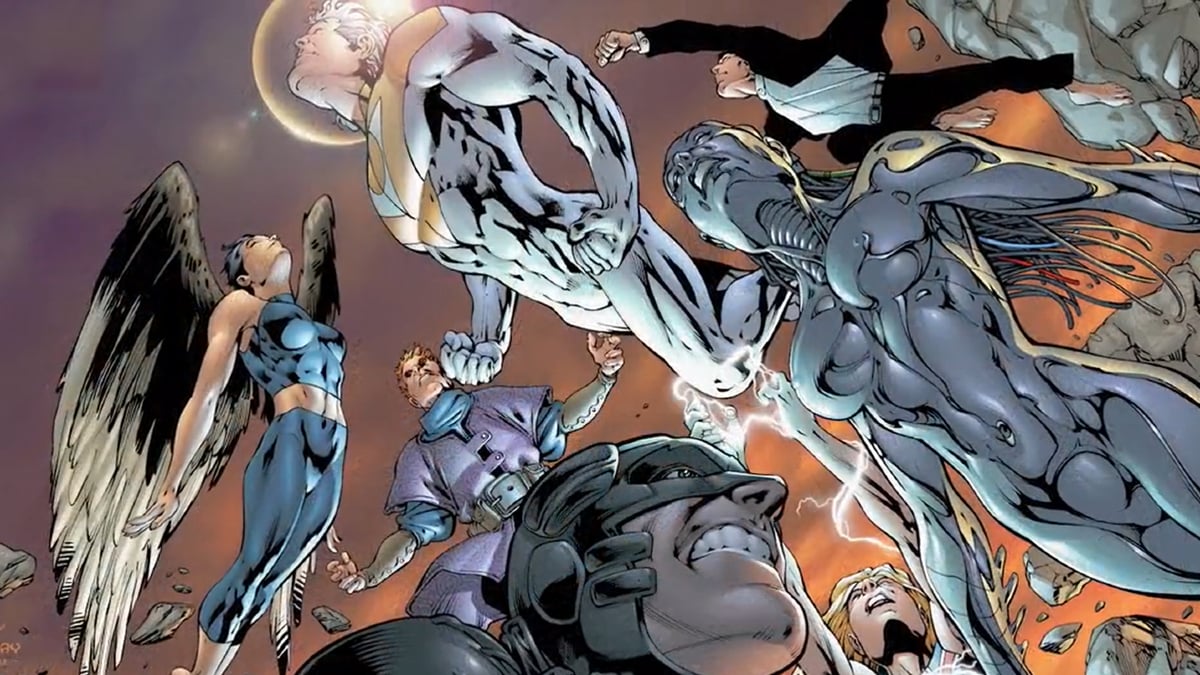
Writer Warren Ellis and artist Bryan Hitch created the team from members of an earlier Wildstorm superteam Stormwatch. The Authority was a natural continuation of the so-called British Invasion that had helped dramatically change American comics in the 1980s. British comics had long preferred dystopia, social commentary, and satire (see Judge Dredd, Strontium Dog, and other long-running strips in 2000 AD). The Authority was a fascinating turn for DC, mashing Silver Age ideals with Modern Age nihilism.
After launching the comic in 1999, the duo departed after 12 issues, handing the uncompromising team over to writer Mark Millar and artist Frank Quitely. The new pair’s controversial run lasted 17 issues. During that run, DC intervened to change several covers, order redraws of graphic scenes, and censor some violence after the 9/11 terrorist attacks. The Authority would run through many other creators as it merged into the DC universe and beyond, while Millar departed DC Comics in 2001 (his final work for the publisher so far is the superb Superman: Red Son in 2003). A rapid ascent over at Marvel awaited, and one year after he joined DC’s rivals and launched Ultimate X-Men, Millar joined Authority co-creator Bryan Hitch to revolutionize Earth’s Mightiest Heroes.
The Ultimates
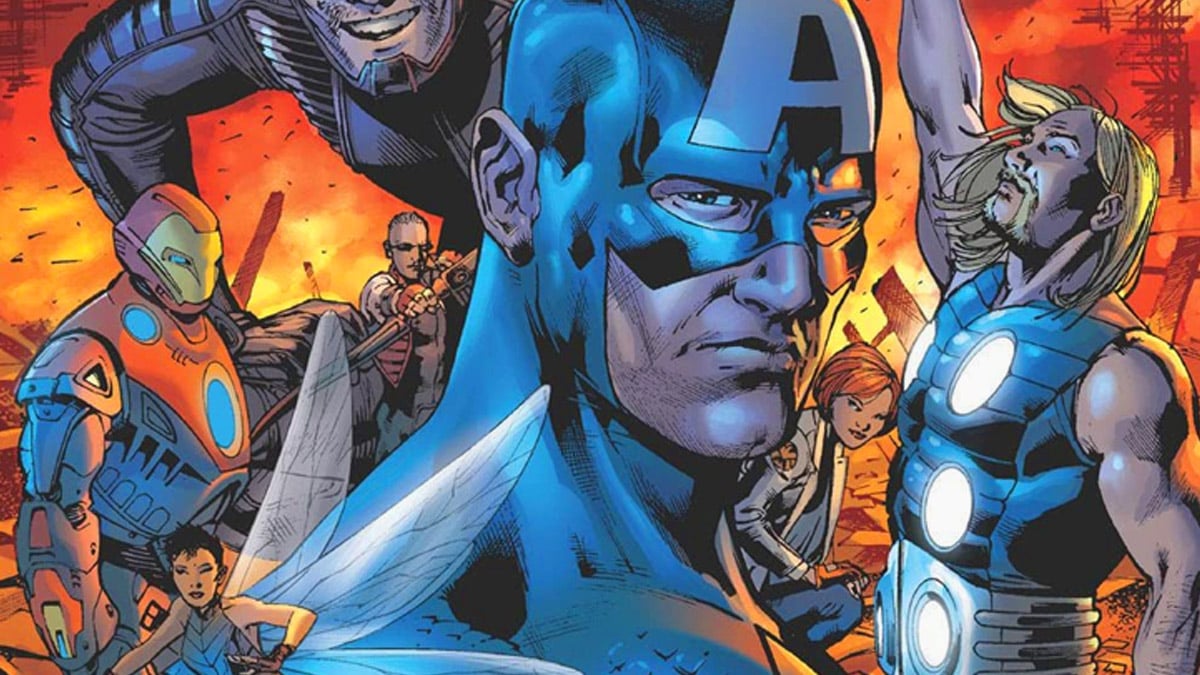
The Ultimates was a revelation in many ways. The two architects of The Authority took a predictably uncompromising approach to assemble the Ultimate version of the Avengers.
Marvel’s Ultimate Universe was a bit of a paradox. Set on Earth-1610, a younger Earth, it was designed to open up decades of Marvel continuity to new readers, but could never last as long as its inspiration. As the need to continue its continuity lessened, the risks increased, and finality came closer. Miles Morales was one of a few select characters too successful to disappear along with the Ultimate continuity, but other aspects proved to have a lasting influence.
The Ultimates was a dysfunctional task force, not united against “a common threat” like the Avengers but assembled from tactically chosen superheroes and elite agents by S.H.I.E.L.D.’s Nick Fury. The emphasis fell on complex and flawed people working together to save the planet from diverse terrestrial and non-terrestrial threats.
Hitch would later describe their approach to reimaging the favorite team as “though nothing has happened before and tell the story fresh from the start.We had to get to the core of who these people were and build outwards, so Cap was a soldier, Thor is either a nut case or a messiah. Banner an insecure genius, and Fury, the king of cool.”
If that approach sounds familiar, it’s even more apparent in the artist’s cinematic style, which playfully cast actors in familiar roles. After all, the Ultimate Universe is where Samuel L. Jackson first appeared as Nick Fury.
Reinventing a superteam
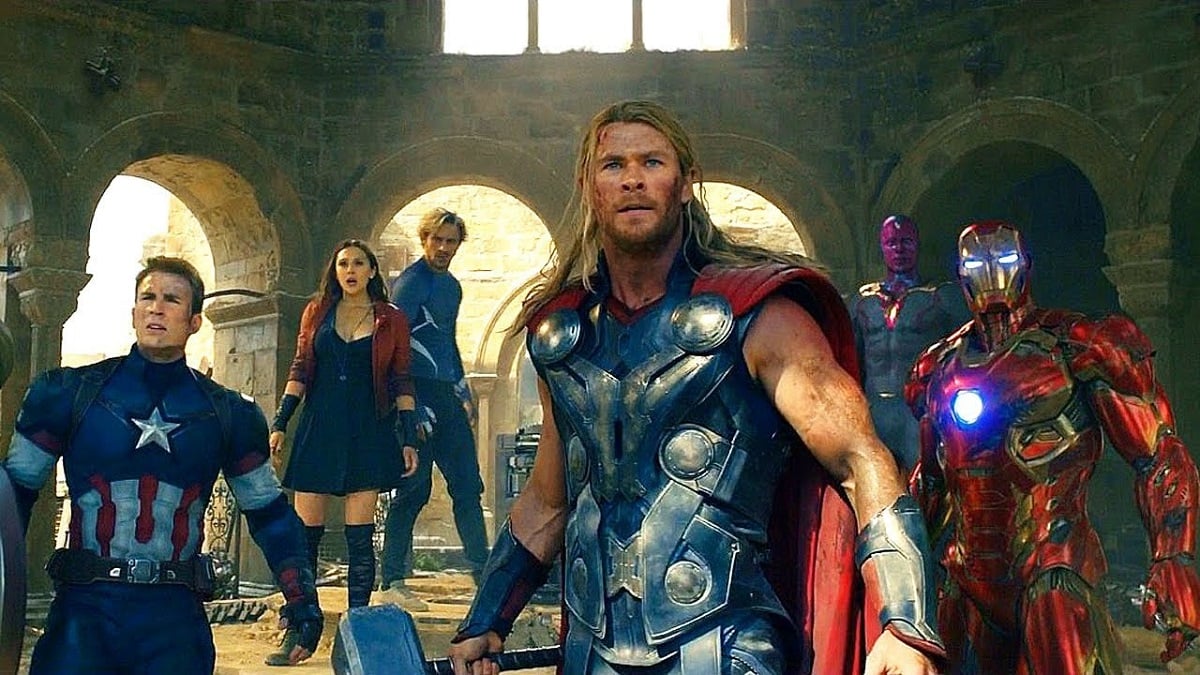
The Ultimates hugely influenced the Avengers the MCU assembled, although it left behind many of the harder aspects Hitch described. The Ultimates’ Tony Stark was an alcoholic womanizer who developed his tech to limit the effect of an inoperable brain tumor. Banner is a talented scientist saddled with the guilt and fear of his Hulk persona. Pacifist Thor was a former psychiatric nurse institutionalized when he realized he was the Norse god. Wasp Janet Pym was a mutant abused by her schizophrenic ex-husband Hank “Giant-Man” Pym. Captain America was the freshly thawed tactical genius who lacked his counterpart’s sense of morality and fairness. This Steve Rogers was happy to use firearms and kill to defend his country — a pro-America status that meant he was less likely to analyze his actions or question his orders.
The comics achieved widespread acclaim, although its emphasis on human flaws, mature themes, and heightened politicization was considered cynical by some.
The MCU fused these aspects with their better-known Earth-616 versions, but elements are evident in 2012’s The Avengers and 2015’s The Avengers: Age of Ultron. It’s fair to say that approach was a success — the four Avengers movies alone have taken $8 billion worldwide.
From the MCU to DCU
A clear link runs from The Authority to The Ultimates and on to the MCU. With The Authority, a surprise tent-pole addition to the first part of the first chapter of DCU’s Chapter One: Gods and Monsters, it feels like that cycle is complete. The DCEU had previously taken the Justice League to some cynical places, but it often took considerable effort to tie it back to the comics.
On the page, the Authority and the Ultimates have survived against enormous odds, not least the nihilism and expiry date their Silver Age forbears never had. In the reality of filmmaking, time moves quickly, and teams can’t stay together. The MCU’s Avengers may not have taken the destructive path of the Ultimates, but it couldn’t hang on to its core membership forever. That uncertainty has had a noticeable effect on the MCU’s fourth and fifth phases.
The new-look DCU has an opportunity to balance the diverse approach to superheroes in DC comic books and shape a narrative around these teams. Possibly one where the arrival of new superheroes representing justice and hope emerge from the cynicism and control of existing superteams. It’s a scenario explored from one side in Grant Morrison’s recent Superman and the Authority.
Apollo and Midnighter may be analogs of Superman and Batman (who have a confirmed place in the DCU), but they promise different spins on familiar archetypes that can take the DCU in radically different directions.
Superteams are at the heart of any successful comic book universe. By drawing from the creators who defined comics over the last two decades, DC may be able to have their cake and eat it, adding to what the MCU has accomplished and not just copying it with their gods and monsters.

